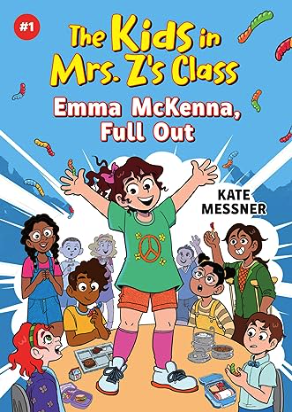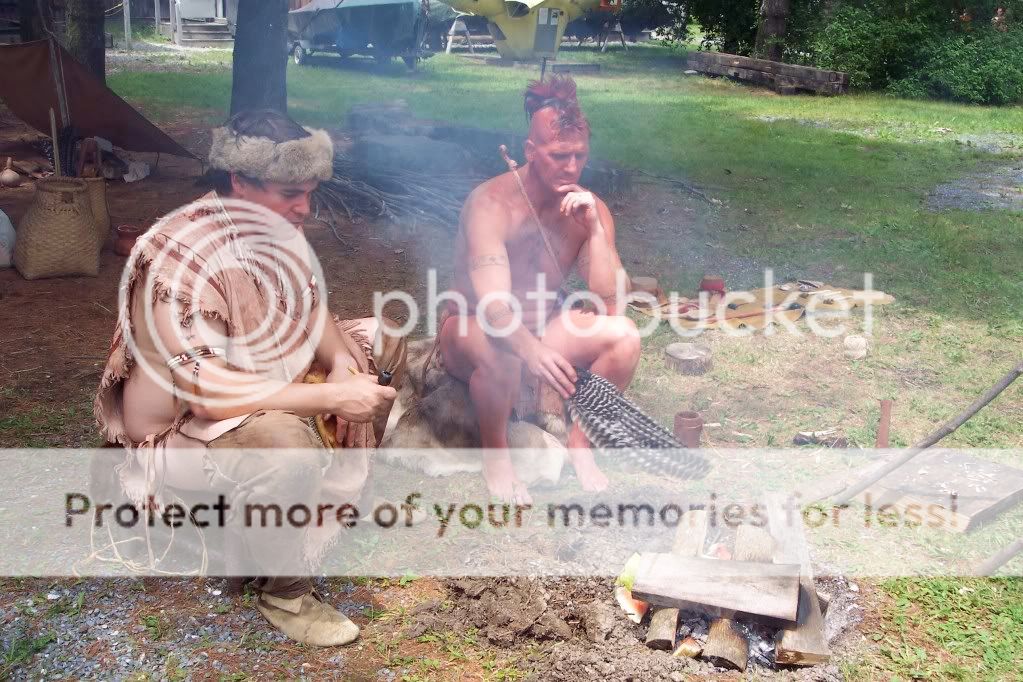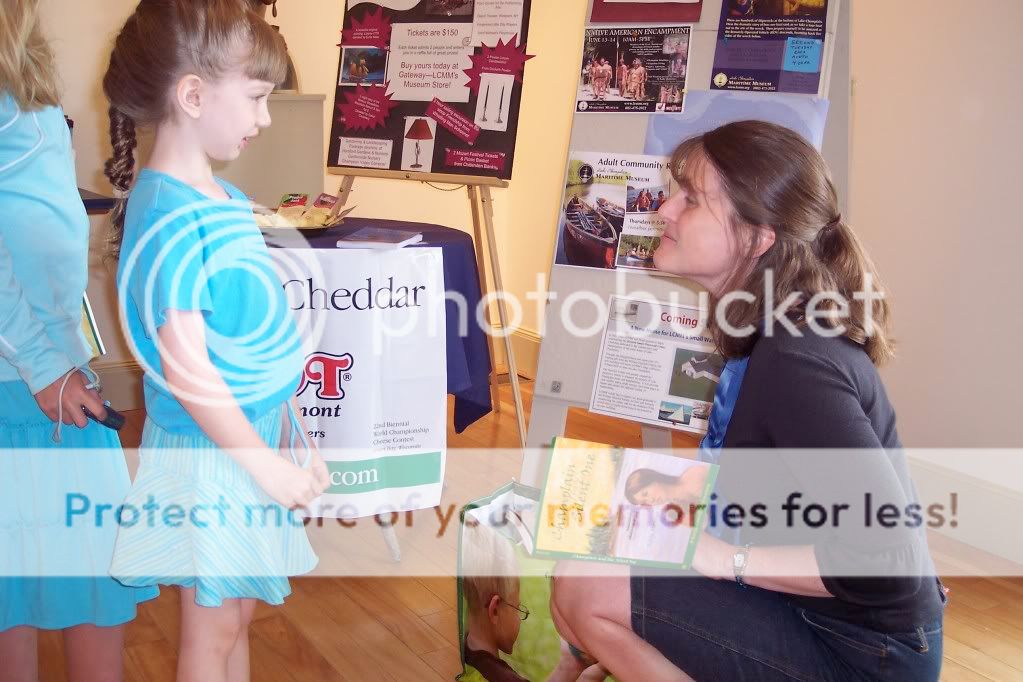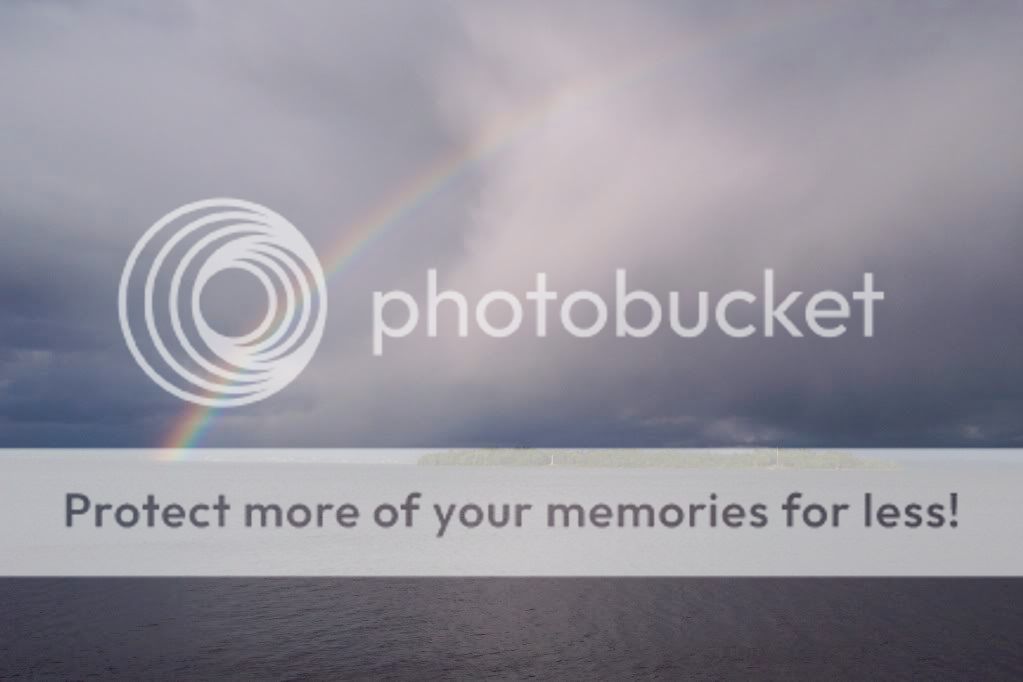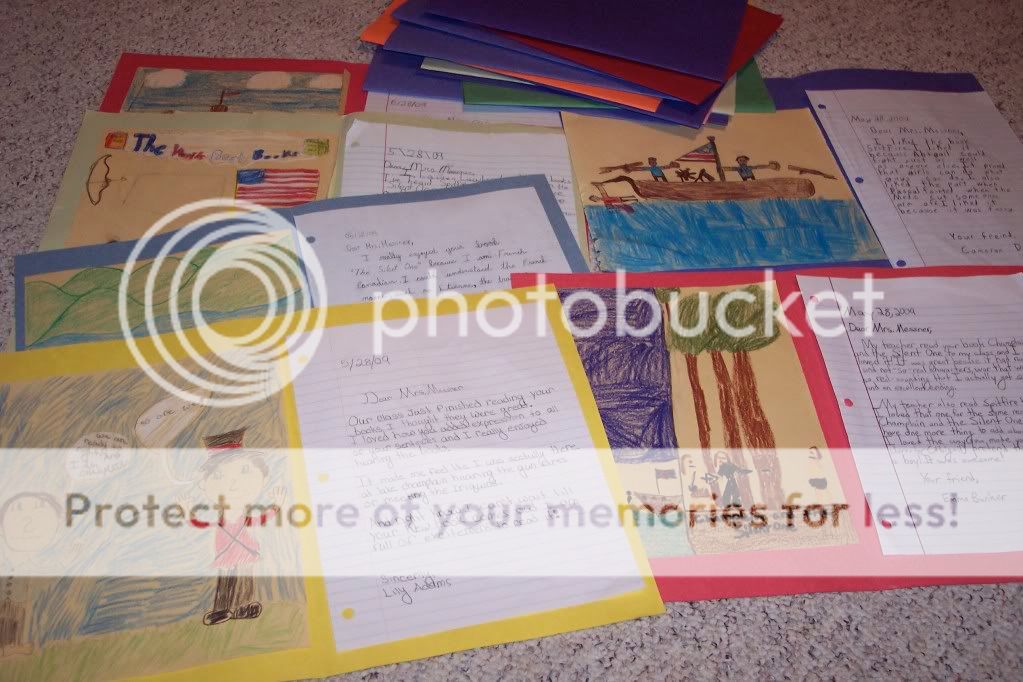Earlier this week, I posted a blog entry called In Defense of Summer Reading, and I love the conversation it’s sparked. Some more thoughts:
Author
My friend
Kids have personalized visits with their guidance counselor, with the school nurse, etc. Why not with the librarian? At the beginning of the year, when a librarian is getting to know their students, they can hand out a questionnaire about reading habits: What is/are your favorite book(s)? Who is/are your favorite author(s)? What is/are your favorite genre(s)? It will help develop reader advisories. Before the summer, the librarian can set up one-on-one meetings with students and give them some personalized summer recommendations based on the students’ preferences, interests, and abilities and that are available at the local public library. Inform students how to borrow even more titles through interlibrary loan. Put a graphic organizer on the school website that students and their parents can access from any location. Students can then fill in brief details about a few of the books they read. Even better, make an online form for the students to submit the details immediately. For super-ambitious librarians, create a wiki and allow for (monitored) discussion of books. When the students return in the fall, the librarian can teach students to create their own booktalks to share with the rest of their class in the library.
(Don’t you so wish Stephanie could be your librarian?)
I mentioned that the "One Book to Read This Summer" project that prompted my students’ list was the brainchild of fellow English teacher & writer
Author Janni Lee Simner (
Donalyn Miller, author of the amazing teacher resource THE BOOK WHISPERER, linked to my summer reading post and shared her blog post from around the same time last year, "A Tale of Two Tables."
And finally, there was this response to my passionately stated position that kids have the right to choose books for themselves, from
OKAY ! OKAY ! I’m soooo sorry for hiding Judy Blume. Love, Mom
(I fully expect my dog-eared copy of Forever to arrive in the mail any day now.)
Happy Summer Reading!


